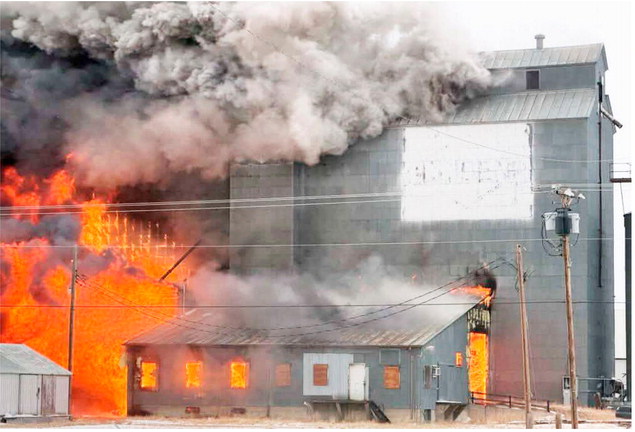Montanans Report Quality Of Life Is Declining
Montanans are increasingly reporting that their quality of life is declining, according to a recent University of Montana poll.
Sixty-two percent of Montanans contacted by pollsters say their quality of life has gotten worse over the past five years. That’s a seven- point increase compared to 2022 when the Crown of the Continent and Greater Yellowstone Initiative last put that question to likely Montana voters.
“It’s quite clear that residents all over the state — even out on the prairie — are struggling with growing pains, and our quality of life is down this year, according to the results,” Rick Graetz, director of the Crown of the Continent and Greater Yellowstone Initiative, said during a phone call with reporters last week about the poll’s results. “This could be one reason why preserving our natural beauty and access to public lands and water is so popular. Conservation can help keep things the way they are, and there seems to be a big demand for that.”
To better understand some of the factors contributing to Montanans’ declining quality of life, pollsters presented five issues to likely Montana voters and asked whether they consider that issue to be “extremely serious,” “very serious,” “somewhat serious” or “not a problem” in Montana.
Ninety percent of respondents described development sprawling into what were once ranches or open lands as a serious problem. A majority of respondents said the same of drought (90 percent), Montana’s changing character (84 percent), decreasing snowpack (78 percent) and crowding during outdoor recreational activities (78 percent).
Dave Metz, with polling company FM3 Research, said that Montanans continue to visit public lands at markedly higher rates than residents of other states. Ninety-five percent of respondents said that they visited federal public land at least once in the past year, and nearly half said they’d done so more than 10 times during the past year.
“The rates of visitation that we see in Montana are higher than about any other part of the United States,” Metz said, adding that four in five Montanans reported that federal public lands help the state’s economy.
Lori Weigel with New Bridge Strategy, which conducted the survey in conjunction with FM3 Research, said Montanans are “significantly” more likely to hunt or fish than individuals from other states — something borne out by Colorado College’s most recent State of the Rockies poll, which found that 61 percent of Montanans hunt or fish as compared to 40 percent of respondents living in a seven-state region of the American Rockies.
Weigel said Montanans may have changed when and where they recreate because of crowding, but “this uniquely Montana” commitment to outdoor recreation remains.
Pollsters also asked respondents about a number of conservation- oriented proposals forwarded by the legislative and executive branches, including the conservation rule that the Bureau of Land Management adopted on April 18. Seventy percent of respondents said they support that rule, which will allow the BLM to lease land for conservation and restoration purposes, not just for mining, drilling and grazing.
Four of five voters said they support the Blackfoot Clearwater Stewardship Act, a proposal that seeks to change federal land designations in western Montana to accommodate a variety of uses. If passed, some western Montana’s wilderness areas would increase by about 80,000 acres and two new recreation areas would be designated for snowmobiling and mountain biking. The act also includes support for timber harvests. The percentage of respondents reporting support for that proposal has held relatively steady over the past eight years pollsters have put that question to Montana voters. That legislation passed a Senate committee in September but has yet to go before the full Senate for a vote.
The two firms that conducted the poll are experienced with other conservation- oriented surveys, including the State of the Rockies poll that Colorado College commissions annually to understand Westerners’ attitudes toward conservation, climate change, public land management and other issues.
The results are based on the responses of 500 likely voters located across Montana, and the margin of error is just shy of 4.5 percent.

